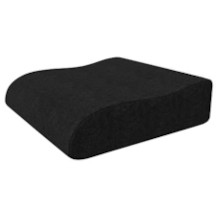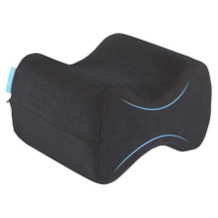Pillow purchasing advice: how to choose the right product
- What You Need to Know
- Good pillows are not only cosy, but also ensure an ergonomic sleeping posture.
- The choice of the right pillow depends, among other things, on your anatomy and preferred sleeping position as well as the mattress and slatted frame.
- The filling material has the greatest influence on the lying properties of a pillow.
- Since the scalp rests directly on the pillowcase, it is also crucial for comfort.
- Pillows come in different sizes, but mainly in 40 x 80 and 80 x 80 centimetres.
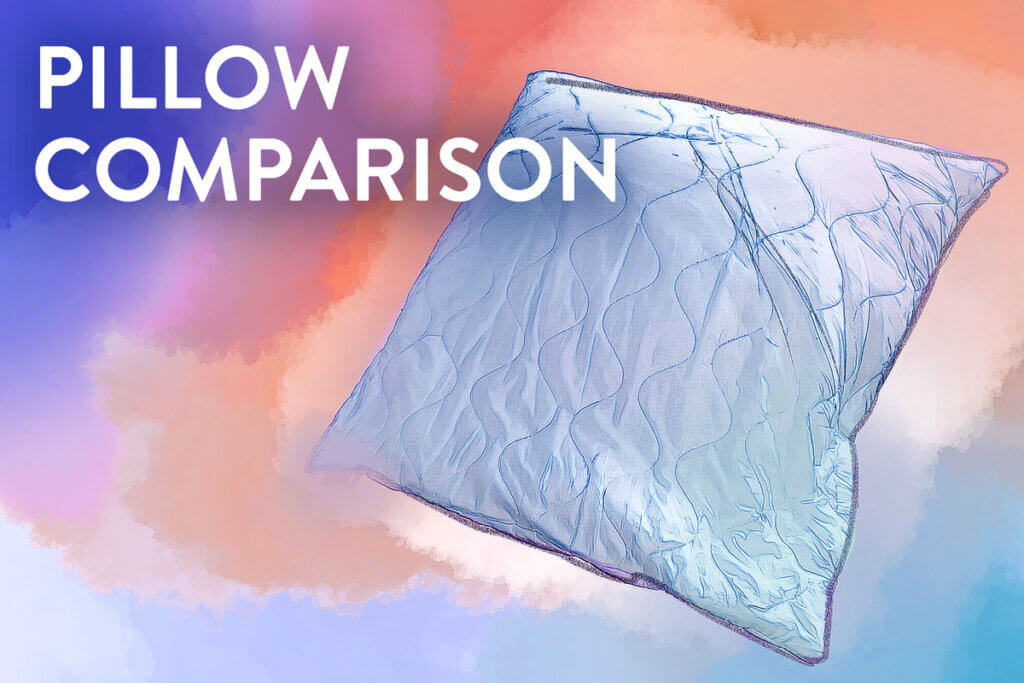
Comfortable and ubiquitous
A pillow stands for comfort. Every piece of furniture that is enriched with it is automatically more comfortable, be it the bed, the sofa, the armchair, the desk chair or the bench. It even turns the floor into a cosy seat. The most popular is the pillow, which can be found in almost every household.
Besides comfort, the pillow serves an ergonomic sleeping posture. The cervical spine should remain straight while sleeping, without bending forward or backward or twisting. A pillow gently supports the head and keeps it in the right position. However, finding the right pillow is not exactly easy.
The most popular sleeping positions
Most people are side sleepers. The second most popular is the supine position, while the prone position, which is a health hazard, comes in third. However, hardly anyone sleeps in the same position all the time, but is a so-called hybrid sleeper.
The right pillow: A complicated interplay
There is no general recommendation for a pillow. Three factors play an equally important role in finding the right sleeping posture: your preferred sleeping position, your own anatomy, for example shoulder width, and the mattress/slatted frame combination, especially its firmness. That is why it is advisable to try out the pillow before buying it. With some online suppliers, it is possible to order several models and return the unsuitable ones. This way you can try out the pillow on your bed and judge its lying properties for yourself. However, the test lying should take place when you are rested, because after a long day at work and possibly after a training session, every pillow probably feels good.
Tips for every sleeping posture
Although you should always try out a pillow yourself before buying it, there are general indications regarding the sleeping position that can be helpful when making a preliminary selection. For example, a stomach sleeper should not even look for a high memory foam pillow.
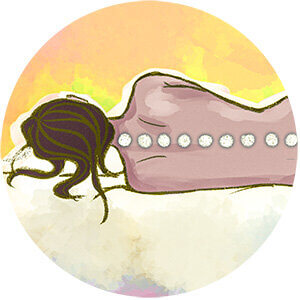
Side sleepers
Most people sleep on their side. In this sleeping position, the width of the shoulders is particularly important. If the shoulders are wide, the pillow must be high to support the head so that the spine remains straight. If they are narrow, a flat pillow is appropriate. The firmness of the mattress also plays a role in the choice of pillow, as the shoulder sinks in more or less depending on the degree of firmness. The pillow should fill the space under the cervical vertebrae, i.e. between the head and the shoulder, to ensure optimal support.

Back sleepers
For many, the supine position is considered the healthiest sleeping position because it relieves pressure on the spine and makes it easier to breathe. To prevent your head from bending backwards, it must be supported by a pillow in such a way that your face is parallel to the mattress, i.e. it does not lean forwards or backwards. Again, the pillow should fill the space under the neck for optimal support. As a rule, flat and soft pillows are best for back sleepers.

Stomach sleepers
Sleeping on the stomach is generally not recommended because it puts strain on the lumbar spine. In addition, the cervical spine is usually slightly twisted because the face cannot be directed frontally at the mattress. If you still sleep on your stomach, you should not use a high pillow, as this would cause the spine to bend upwards. Often, stomach sleepers are advised not to use a pillow at all. Sleeping directly on the mattress or on your own arm is just as comfortable. At best, use a very flat pillow.
It’s what’s inside that counts
No characteristic of pillows influences their sleeping properties more than the filling material. Aspects such as hardness, temperature regulation, air permeability, allergy-friendliness and adaptability depend on it.
Down
As early as the 3rd century AD, the first pillows were filled with the underfeathers of birds, down. They are still one of the most popular filling materials for pillows in Germany. Down from ducks and geese is mainly used. They are extremely soft and fluffy. However, consumers rightly express concerns about animal husbandry conditions. To ensure that your down products are animal welfare-free, look for relevant certificates, such as the Global Traceable Down Standard, the Responsible Down Standard or the Down Codex. Down also keeps you warm, which is ideal in winter but can be disadvantageous in summer. They do not provide good support – the head sinks deep into the pillow. In addition, down pillows are not exactly cheap.
Down is mainly used in combination with cheaper, firmer feathers. The latter give the pillow shape-retaining properties and make it more breathable. However, such pillows are not recommended for allergy sufferers, as down as well as feathers provide an ideal habitat for house dust mites. There are a few things to keep in mind when cleaning: Down pillows may be washed in the washing machine at up to 40 degrees Celsius, but alone and with mild or down detergent. They must then be dried in the dryer, otherwise there is a risk of mould and clumped down. If you do not have a dryer, it is not advisable to clean down bed linen yourself.
Pro points
- Soft
- Warm
- Comfortable
- Traditional
Drawbacks
- Animal welfare often critical
- Low support
- Not very breathable
- Expensive
- Unsuitable for allergy sufferers
- Cumbersome washing
Feathers
Ordinary upper feathers from geese and ducks are also used as ticking for pillows. They are often seen as a cheap alternative to down, but it is a material with completely different properties: Unlike down, feathers provide strong support, retain their shape and are breathable. So they don’t collect as much heat as down and are more suitable for people who sweat a lot at night.
However, since feathers are not exactly soft, the comfort of pure feather pillows leaves something to be desired. In addition, it can happen that quills stick out. This leads to an unpleasant pricking sensation that can disturb or even interrupt sleep. Feather pillows are also not the best choice for allergy sufferers. For these reasons, feathers are preferably combined with down, as the two materials balance each other out well.
Pro points
- High support
- Breathable
- Low heat build-up
- Favourable
- Dimensionally stable
Drawbacks
- Hard
- Possibly protruding quills
- Not suitable for allergy sufferers
Foam
Foam pillows are usually made of memory foam. NASA originally developed this as a neck support for astronauts. Such pillows are relatively firm and thermoactive – this means that body heat makes them more adaptable. They are also flexible and retain their shape. Since no mites live in the particularly hygienic foam pillows, they are suitable for allergy sufferers.
The high purchase price speaks against foam. In addition, foam pillows are not very breathable, although models with SAF foam (Shock Absorbing Foam) are now available that partially remedy this shortcoming. Since such pillows adapt only slowly to the shape of the head, they are not recommended for restless sleepers.
Pro points
- Adaptable
- Dimensionally stable
- Flexible
- Good neck support
- Hygienic
- Thermoactive
Drawbacks
- Expensive
- Not very breathable
- Not suitable for restless sleepers
Latex
Latex is a natural raw material and is extracted from rubber trees – also known as caoutchouc trees. Alternatively, the material can be produced synthetically. Latex pillows are usually a combination of artificial and natural latex.
Latex pillows are also often marketed as neck support pillows and have similar properties to pillows made from memory foam. They provide good support, are point-elastic, dimensionally stable and durable. However, they come at a high price. Some models are height-adjustable, so the filling comes in layers that can be removed as needed.
Latex pillows are breathable and suitable for people with house dust allergies. However, anyone who suffers from a latex allergy should of course stay away from them. It is best not to wash your latex pillow, otherwise it may lose its shape and harden. Instead, it is advised to air out the latex core from time to time. The new smell of the latex pillow should disappear after a short time.
Pro points
- Supporting power
- Point elasticity
- Shape stability
- Durability
- Sometimes height adjustable
- Breathable
- Suitable for people with house dust allergies
Drawbacks
- Not machine washable
- Unsuitable for latex allergy sufferers
- Often new smell noticeable
- Expensive
Polyester
Polyester and down pillows are relatively similar in their lying properties. Both are soft and elastic – the head sinks deeply into the pillow. The supporting force is therefore not very high. Unlike down pillows, pillows with polyester are suitable for allergy sufferers because no mites collect. Polyester is also one of the cheapest filling materials. Last but not least, polyester pillows are easy to care for and can be washed in the washing machine at 30 degrees Celsius. The biggest disadvantage of polyester pillows is that they flatten relatively quickly.
Pro points
- Soft
- Elastic
- Suitable for allergy sufferers
- Inexpensive
- Easy to clean
Drawbacks
- Low support
Cotton
Cotton is one of the most popular and affordable natural fillings used in pillows. The fabric is breathable and durable. One disadvantage of cotton is that the fabric can quickly start to smell unpleasant, especially if you sweat a lot during the night. Such pillows therefore need to be washed often. With cotton, however, this can easily be done in the washing machine at 40 degrees Celsius – even a 60-degree wash should withstand construction wool pillows.
Pro points
- Breathable
- Soft
- Hard-wearing
- Inexpensive natural fabric
- Easy to clean
Drawbacks
- Frequent cleaning necessary
Special, natural filling materials
In addition to conventional filling materials, users can also turn to more unusual alternatives. Although these are rather rare and the variety of products is therefore small, they have numerous advantages.
Animal hair
Pillows can be filled with animal hair, for example horsehair, camel hair or sheep’s wool. Such pillows are breathable and regulate temperature. If you sweat a lot at night, you will do well with natural hair pillows. They also offer a high level of support. However, they are not recommended for people who are allergic to animal hair.
Grain
If you attach great importance to natural materials, you can choose grain pillows as well as natural hair pillows. Spelt is often used, but millet and buckwheat are also possible fillers. Cereal pillows adapt to the shape of the head and are breathable. Moisture is thus transferred. They are among the cheapest pillows and are more for those who prefer a harder head support. What is particularly interesting is that you can warm up or cool down the pillows, for example in the oven or refrigerator. They then emit heat or cold respectively for a while.
Since such pillows are filled with grain, they have a certain inherent odour. Although this is not exactly unpleasant, some users may feel disturbed by it. In addition, the grain produces a slight rustling sound when the head moves. Depending on the user, this can also be classified as soothing or disturbing. Restless sleepers are particularly affected by the rustling. As an organic filling material, grain also carries an allergy risk and can harbour both bacteria and mould. However, the Federal Institute for Risk Assessment estimates the risk to be low.
Water
Water pillows are a relatively new invention. They are not filled exclusively with water: There is a water tank in the core of the pillow. The core itself is padded with polyester, down or feathers. The infinitely variable adjustability of the pillows is particularly practical. This means that the amount of filling determines the degree of hardness and the height of the pillow – similar to latex pillows, where layers can also be removed and added, but more precisely. The pillows quickly adapt to the shape of the head. If the padding is allergy-friendly, so is the rest of the water pillow. It becomes unpleasant if the water tank leaks and water spills out. Pay attention to the manufacturer’s cleaning instructions. With some water cushions, the tank can be cleaned separately.
Material of the cover
Although the filling material is decisive for the lying properties of the pillow, it does not come into contact with the head. Accordingly, when choosing a pillow, you should also pay attention to the cover you use for the pillow. A cover material that feels uncomfortable on the scalp will disturb your sleep. Polyester and cotton are common fabrics for pillowcases. These materials are inexpensive, easy to care for, hard-wearing and suitable for allergy sufferers. Another inexpensive material is jersey. It is breathable, elastic and suitable for tumble drying.
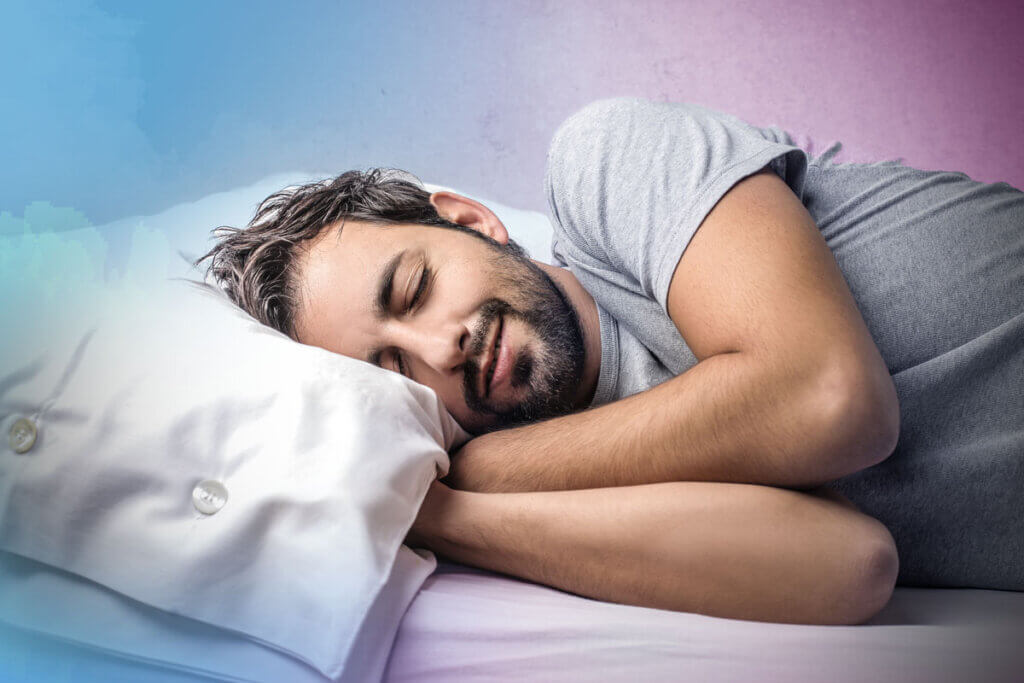
In the higher price segment, covers made of linen, satin or silk are available. Linen stays cool, does not fluff and is antistatic. Especially in summer, a linen cover is just the thing. The elegant satin is particularly soft and also stays pleasantly cool. Silk is very skin-friendly, temperature-regulating and breathable.
The right pillow size
The most common pillow sizes are 40 x 80 and 80 x 80 centimetres. However, when it comes to pillows, bigger does not necessarily mean better. On the contrary, large pillows take up a lot of space and are therefore often folded, which in turn causes the head to lie too high.
The name “pillow” also contains an important indication of use. Such pillows are intended for the head. Some users, especially back sleepers, also like to lie on them with their shoulders. This, however, leads to a poor sleeping posture in which the head and neck vertebrae bend forward. Adults should be fine with a standard pillow measuring 40 x 80 centimetres.
Images 1-4: © FinalCheck | Image 5: © olly / stock.adobe.com

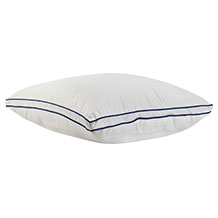
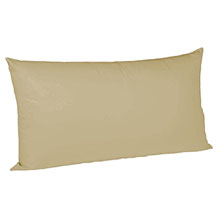
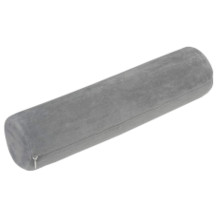
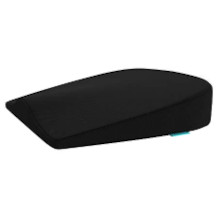
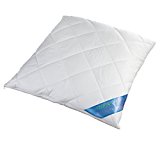
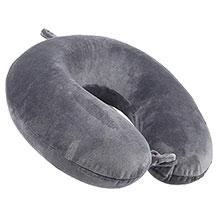
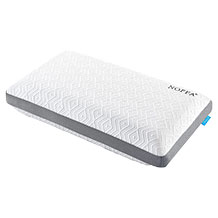
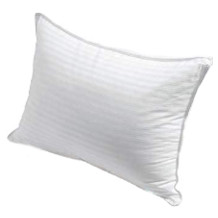
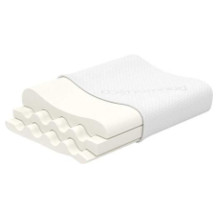








 1,739 reviews
1,739 reviews

